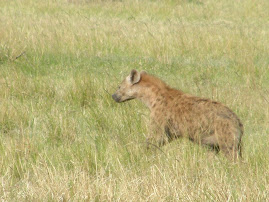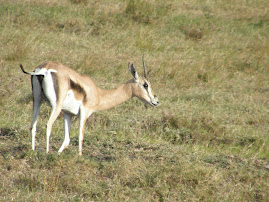These boulders were embedded in the cliffs and have been exposed as the coastline has eroded. Some are 6 feet across.


Just outside of Twizel and south of Lake Tekapo is Lake Pukaki. We paused to get what was supposed to be a great view of Mt. Aoraki/Mt. Cook. Throughout this entire trip, it seemed that whenever I got close to the mountains it was overcast. This is the best "peek" we got (pun intended).

Another famous landmark is The Church of the Good Shepard, just outside of the Village. We were extremely fortunate to get this picture because the parking lot is usually crowded with tourist buses (and it was, shortly after this photo was taken) and the church swarmed with people. Also, the weather cooperated.

The Village, from the top of Mt. John. It is generally quite dry in this region.

The Village, up close. This area is being developed somewhat, but I was surprised at how relatively undeveloped it was. During the summer, the Village is very crowded, and what is being built is mostly larger resort complexes.

Mt. John. There is an observatory on top, which I visited one night (11:30 pm to 2:30 am!). It turns out that this is one of the best places in New Zealand and the world to place an observatory, and this one has a special grant to study the Clouds of Magellan. Only visible from the southern hemisphere, they appear as two high clouds in our atmosphere - very faint and smoky - except they obviously don't move. Very strange to see.
The Observatory's grant is titled "Microlensing Observations in Astrophysics," and the abbreviation of MOA is appropriate for the setting in New Zealand. This link (http://www.phys.canterbury.ac.nz/moa/) includes a great shot of the telescope dome and some details about the Polish national who headed the study until his death in April, 2007. (Bohdan Paczynski's microlensing technique was responsible for the discovery of the first terrestrial planet outside of our solar system - quite a big deal!)
From Wikipedia, "The Magellanic Clouds' radial velocity and proper velocity were recently accurately measured by a team from the Harvard-Smithsonian Center for Astrophysics to produce a 3-D velocity measurement that clocked their passage through the Milky Way galaxy in excess of 480km/s (300 miles per second) using input from Hubble Telescope. This unusually high velocity seems to imply that they are in fact not bound to the Milky Way, and many of the presumed effects of the Magellanic Clouds have to be revised.[5]
Aside from their different structure and lower mass, they differ from our Galaxy in two major ways. First, they are gas-rich; a relatively higher fraction of their mass is hydrogen and helium compared to the Milky Way.[6] They are also more metal-poor than the Milky Way; the youngest stars in the LMC and SMC have a metallicity of 0.5 and 0.25 times solar, respectively.[7] Both are noted for their nebulae and young stellar populations, but as in our own Galaxy their stars range from the very young to the very old, indicating a long stellar formation history.(Chaisson and McMillan)
The Large Magellanic Cloud was host galaxy to a supernova (SN 1987A), the brightest observed in over three centuries." (http://en.wikipedia.org/wiki/Clouds_of_magellan)
Although NASA offers a good close-up shot (http://apod.nasa.gov/apod/ap980124.html), I prefer a wider view because it more closely represents they way I saw them that night (http://www.spacew.com/gallery/image002455.html).

This could be Colorado. The sky seemed much bluer than back home, probably because New Zealand lies beneath a weak ozone layer. That's also why New Zealand has a UV rating of 8 out of 10 (I may have mentioned this before about Australia.).




























No comments:
Post a Comment